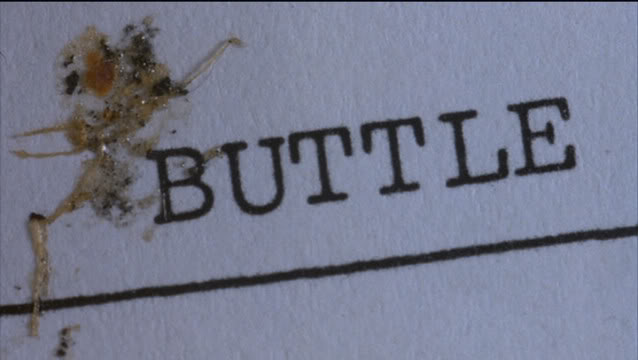
“The top-secret world the government created in response to the terrorist attacks of Sept. 11, 2001, has become so large, so unwieldy and so secretive that no one knows how much money it costs, how many people it employs, how many programs exist within it or exactly how many agencies do the same work.“
Sigh. In the WP, Dana Priest and William Arkin attempt to survey the breadth and depth of our post-9/11 intelligence complex, and the results are troubling, to say, the least. Basically, nobody, not even the SecDef, has any clue how big some of these programs are, or what the armies of private contractors are up to half the time. “After nine years of unprecedented spending and growth, the result is that the system put in place to keep the United States safe is so massive that its effectiveness is impossible to determine…’Because it lacks a synchronizing process, it inevitably results in message dissonance, reduced effectiveness and waste,” Vines said. “We consequently can’t effectively assess whether it is making us more safe.’” If you have to ask…
For a good overview of the Post‘s laudable coverage, check out this worthwhile post from Wired‘s Danger Room and Glenn Greenwald’s pithy summation of the problem. “This world is so vast, secretive and well-funded that it’s very difficult to imagine how it could ever be brought under control…[Meanwhile] The Drudge and Politico sewers still rule our world — ‘fights over nothing’ — and happily distract us from Top Secret America, what it does and what it takes.” But, hey, what’s Sarah Palin been up to?
